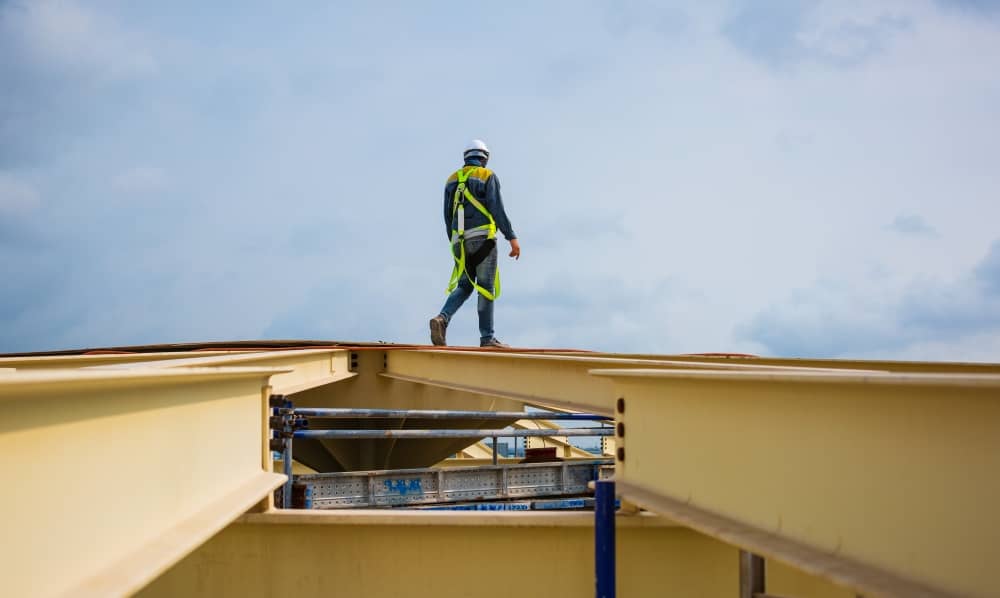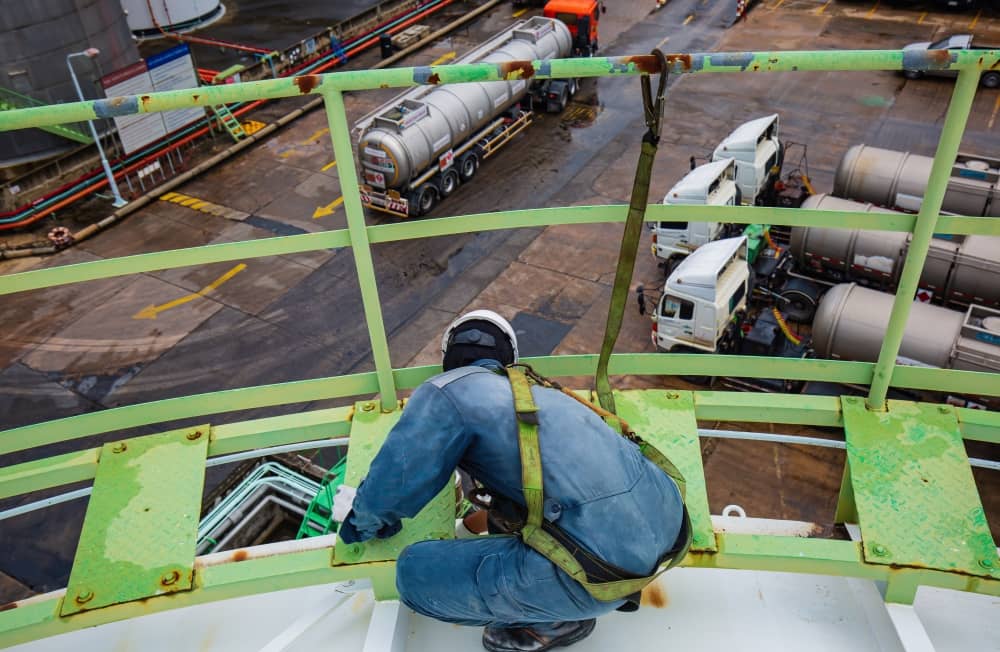Statistics show that the number of lonely workers has gradually increased in recent years. Many companies are moving away from traditional office jobs and toward remote or home-based work. Flexibility and versatility have been frequently improved as a result of this.
Many industries now hire a large number of lone workers to increase organizational productivity and expand their customer base. While working alone has many advantages, lone workers are frequently more exposed to internal hazards and hazardous working conditions.
What Are Some Of The Dangers Facing Lone Workers?
Let’s look at some of these lone worker hazards.
Work-Based Violence
People who work with the general public aren’t always aware they are working alone. Staff members who engage with the general public and can be easily isolated are especially susceptible to violent attacks. In the event of an emergency at work, a lone worker system can offer the necessary support to workers in need. Any place of work or profession can benefit from a lone worker system regarding safety and security.
Slips and Falls
The most common type of accident is a slip, trip, and fall, but they are frequently simple and inexpensive to avert if the danger is identified and mitigated. It can be challenging to identify all potential hazards because so many factors can cause slips, trips, and falls. Slipping or falling occurs when inadequate friction or grip between your footwear and the walking surface occurs. Wet or oily surfaces are frequently the cause of slips.
Sever Medical Emergencies
Employers must plan for unexpected health hazards to protect their employees. For example, heart attacks and severe allergic reactions can happen anytime and anywhere within a lone worker’s workstation.
Working In Confined Spaces
Lone workers who work around narrow, limited, or small rooms such as tanks, elevators, pipes, sewer lines, ducts, and so on may end up trapped, drowned, confused, and oxygen deficient, or experience panic attacks. They can also come into contact with hazardous levels of toxins and chemical products in the atmosphere or consume dangerous substances. It is critical to call for help quickly and easily in these situations.
Lifting and Carrying Heavy Equipment
Handling, lifting, and carrying can cause short-term and long-term physical injuries. Hazards associated with manual handling can occur in a variety of workplace environments. Heavy lifting and handling jobs are primarily found on farms, and industrial worksites, among others.
Getting Stuck by a Moving Object
Many stuck-by-moving object cases are widely caused by machines or pieces of equipment collapsing or overturning. A moving device, for example, can cause several injuries. Compared to risks of slipping, tripping, and falling, these injuries have a much greater likelihood of death due to the increased chance of being crushed by the machine or severe limb injury.
Working With Dangerous Equipment
Forestry, construction and manufacturing workers are all examples of people who work alone or out of view and hearing while operating dangerous machinery. Working with such hazardous equipment can lead to severe injuries and incidents.
Working In High Places (Heights)
Lone workers working at dangerous heights include service and construction technicians, painters, and plumbers. These employees use ladders and risk falling and being seriously wounded. When a lone worker is unconscious or injured and unable to move, getting immediate help can be difficult or impossible.
What Can You Do To Safeguard Your Lone Workers?
Fortunately, many solutions have been devised to meet the increasing number of employees and lone workers. Lone worker apps are the most popular of all these. According to recent statistics, these apps currently account for up to 40% of the loan worker market and are expected to grow substantially. Here are some other ways to guarantee your lone workers’ safety.
Health and Safety Training
All employees who must work independently must be meticulously supported and educated. Training will help reduce potential safety risks as well as employee violence. Lone employees need to be able to work independently and confidently while also managing conflicts. They must be appropriately and continuously trained to meet the requirements.
Establishing A Healthy Work Environment
Employee health and safety planning in an employer’s workplace is not the same as providing a safe and healthy workplace for lone workers. Employers are legally obligated to provide safe working environments for their employees, and remote workers should not face more significant risks than on-site workers. Health and safety must be prioritized in the workplace, with risks classified according to roles and the reality of risks inherent in all employees’ work.
Identifying All Lone Workers
Crane operators, district nurses, and water samplers are examples of lone workers in an organization. The list is endless. However, some lone workers are much less visible. There’s the employee who is late on a project and is isolated within the building or the utility technician who works with a customer but is isolated from other collogues. These are all lone employees, and a legal and moral obligation is to protect them. As a result, you should ensure that you know every one of your lone workers.
Conduct Risk Assessments
An employer must identify a potential risk area. They should find out whether or not the workplace is harmful to employees, whether there is a danger of violence, whether the employee is medically qualified to work alone, and whether or not they can lift heavy objects. These factors endanger lone workers and must be addressed before they are assigned to anyone.
As A Lone Worker, Can You Refuse Unsafe Work?
Workers have the right, under Article 44 of the Employment Rights Act of 1996, to leave dangerous jobs and refuse to come back without disciplinary action. Employees have the right to leave work (for example, to go home) if the general situation at work presents a real and imminent risk of serious and imminent danger that cannot be avoided reasonably.
Can You Sue Your Employer For An Unsafe Working Environment?
Workers in a hazardous working environment cannot sue their employers because workers’ compensation insurance covers most workplace incidents. Workers’ compensation coverage does not require you to show your employer your injuries to receive benefits. As a result of the trade-off, the employer is protected from most legal proceedings.
Employees may sue their employers for the following reasons: employer negligence, intentional accidents, third-party negligence, and unknown exposure to toxic substances. Workers may be able to file a claim if they are injured while on the job and their employer does not provide adequate workers’ compensation coverage.
What Is Stay-safe Lone Working Solutions?
Stay-safe is an app that provides employers with a low-cost and straightforward solution for ensuring the safety of lonely workers. Stay-safe, comprised of an app and an online hub, provides business owners with real-time updates on employee safety and location. It also allows for regular communication between employees and employers through session check-in functionality tailored to the organization’s needs.
If a worker does not move or check in for an extended period, the app can notify the monitoring service. If an employee is confronted or assaulted, the employer can sound an alarm by carefully pushing the phone’s power button.
Conclusion
An employer must consider the interests of a lone worker. On the other hand, lone workers must prioritize that their employers meet their basic safety needs.







